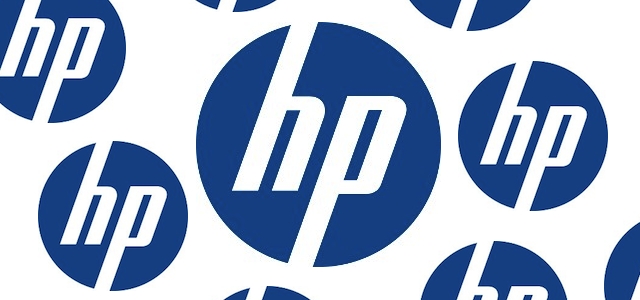
There’s no denying that HP has been a smartphone player for years. The first iPAQ running an ancient version of Windows Mobile was first introduced in 2000. But today marks a new era in the smartphone industry for HP. In April HP aquired smartphone and OS manufacturer Palm for a cool $1.2 billion with the intention of clearing off the dust and starting fresh. Before the aquisition, Palm had already invented the modern webOS interface and hardware to go along with it in the Pre and Pixi. Under HP’s guidance and supervision, Palm is ready to show off a new version of webOS and a new Pre device.
HP webOS 2.0 boasts a load of new features. The big ones include: (1) “True multitasking” & Stacks – You can move back and forth between apps and they’ll remain the exact state you left them in; Stacks keeps related items (or cards) together making it easier to manage open applications. (2) Just Type & Quick Actions – Just Type is Palm’s name for universal search; starting typing and the device will automatically search your phone’s database and the Internet for related content. This is open for developers to experiment with; they can integrate with the search function and add their own user-customizable shortcuts called Quick Actions. (3) HP Synergy – After signing into your Facebook, Google, Microsoft Exchange, LinkedIn and/or Yahoo accounts, the information from these services will automatically populate your phone, allowing you to connect seamlessly to multiple web services. You have the control to choose what gets pulled from the cloud and stored on your phone–contacts, calendars, messaging, etc. This feature will also be open to developers, allowing them to cull data on your phone if you allow it. (4) Exhibition – When you plug your phone into a Palm Touchstone Charging Dock the Exhibition app will launch automatically, and it will display what you want it to while it’s charging (a Facebook photo slideshow, the day’s agenda, etc.). Developers will be granted an API to display aspects of their existing app experience or create specialized apps for use when the phone is charging. (5) Adobe Flash Player 10.1 beta – The web browser will support Flash content. Other notable features include: unified messaging, text assist (spell check, auto correct), HTML5 support in browser, a customizable launcher, integrated Quickoffice suite, and support for Exchange,VPN, Bluetooth keyboards, and SPP peripherals. The Palm App Catelog will be accessable too, with Facebook 2.0 and Skype Mobile featured at launch.
There’s the software. Let’s talk hardware. The Palm Pre 2 looks nearly identical to its older sibling. It boasts a 3.1-inch (480 x 320, HVGA) multitouch display, 1GHz processor, 5 megapixel camera with LED flash, 16GB of internal storage, built-in GPS, ambient light & proximity sensors, an accelerometer, 802.11b/g WiFi, Bluetooth 2.1+EDR, a 3.5mm headphone, and battery that promises five-and-a-half hours of talk time. The “sleeker, streamlined design” features the same slideout QWERTY keyboard and touch panel along the bottom. All in all, it’s a slimmer, faster Pre running a mildly tweaked version of webOS.
The software definitely looks compelling; what I’m most worried about is the hardware. The specs are simply on par with what’s on the market today, and the design looks very aged. Palm had much time to develop new hardware to release with webOS 2.0 and what they came up with is nothing to call home about. It’s 2009 hardware packed with 2010 software–not the most ideal of situations for a company excited to breakout into the heated smartphone competition. Pre 2 feels like Pre 1.5 (or arguably what the Pre Plus should have been when it released last January).
Palm Pre 2 running webOS 2.0 will be available this Friday in France from the SFR mobile carrier. It will arrive in the States and Canada “in the coming months” on Verizon Wireless (US). Pricing details have yet to be disclosed. Existing webOS users will receive an update to the latest version also “in the coming months.” And if you’re a developer, you can purchase unlocked UMTS versions of Pre 2 in the US to start building apps.
Look below for still images of the Pre 2 and webOS, and hop after the break for an under ten minute video tour of the new platform and official PR.
[Via HP; Engadget]
Continue reading HP re-enters the smartphone race with webOS 2.0 & Palm Pre 2 →






















